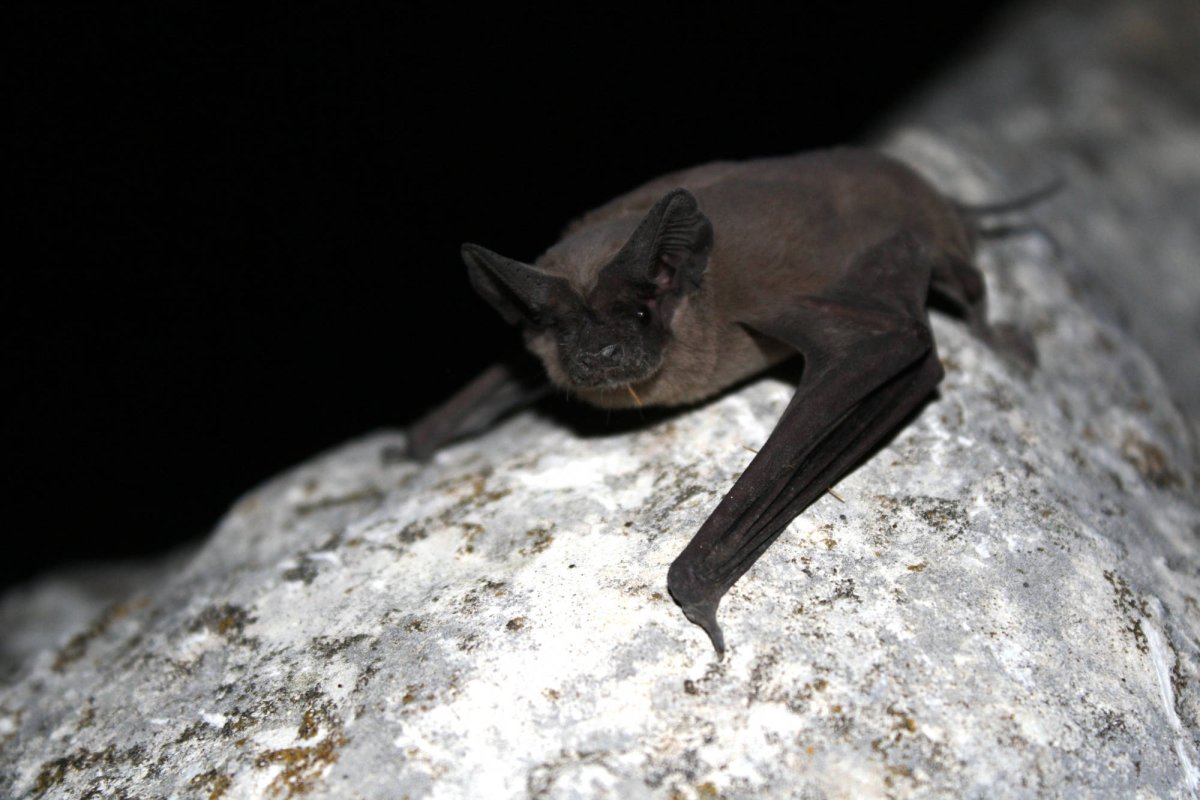A recent study focusing on bat conservation in San Diego County, California, has uncovered unexpected findings about how local bat species respond to environmental threats.
The research highlights the importance of protecting the region’s bat populations—many of which are on conservation watchlists—amid increasing urbanization and habitat disturbance.
San Diego County is home to 22 of the 41 bat species found in the United States, 16 of which are considered at risk. These bats play a critical role in maintaining the region’s ecological balance.
According to Brian Myers, the study’s lead author, bats provide essential services like controlling insect populations and pollinating plants. Yet, the pressures of urban development are posing a serious threat to the species.
“Bats are incredibly important in controlling insect population sizes—for example, a single bat can catch 1,000 insects within an hour,” Myers told Newsweek.
“About a third of bats are important pollinators—they pollinate hundreds of species of flowers across several plant families. Bats are also very important to cave ecosystems, as they provide guano, which contains important organic nutrients.”

A Mexican free-tailed bat. Some bats are struggling as urban areas expand, while others are finding ways to adapt.
Froschauer, Ann,/U.S. Fish and Wildlife Service
The study aimed to prioritize areas in San Diego County for bat conservation by assessing species richness (the number of different species present) and the severity of threats in each area. In doing so, the researchers hoped to better understand which regions and species were most at risk.
One of the study’s key findings, however, surprised the team.
“We were quite surprised that species richness was negatively associated with three threats in Townsend’s big-eared bat, but not pallid bat,” Myers said.
“The three threats were the presence of artificial lights, urbanization, and the presence of unconserved land. We thought it was likely that both species would have negative associations with these threats and possibly other threats, especially since both species were rarely observed in urbanized areas.
“However, with additional sampling in the future, and additional data available, future work may find that pallid bat is negatively associated with one or more of these threats.”
Urbanization and artificial lighting are particularly harmful to bats because they disrupt their natural behaviors. As Myers pointed out, these threats reduce available resources and alter the nocturnal habits of bats.
“Bats are highly sensitive to urbanization,” Myers said. “In urbanized areas, there is less food, water, and shelter available. Because bats are nocturnal, bats are prone to being affected by light pollution. For example, bats hunting insects in artificial light may be exposed to predators, such as owls.
“Artificial lights may also delay feeding, because in the presence of these lights, bats may not be aware when sunset happens, and sunset indicates that it is time to eat.”
These challenges underscore the difficulty of balancing conservation efforts with the realities of urban development. Myers acknowledged that as cities expand, it is crucial to find ways to protect biodiversity within these growing landscapes.
“I think a major challenge in balancing conservation efforts with ongoing urban development is in finding a way to reach a compromise between urban development and protecting biodiversity,” Myers said.
“Urbanization will continue to increase, so I think it is important that we find a way to embed wildlife-friendly habitat within new urban environments.”
Examples of such a balancing act include wildlife corridors, installing bat boxes and widespread planting of native vegetation, Myers said.
For the public, the team recommends installing small ponds and avoiding pesticide use wherever possible. “One additional important action is to simply avoid bothering roosting bats if you ever come across them,” Myers said.
Do you have a tip on a science story that Newsweek should be covering? Do you have a question about urbanization? Let us know via science@newsweek.com.
References
Myer, B. M., Stokes, D. C., Preston, K. L., Fisher, R. N., & Vandergas, A. G. (2024). Quantification of threats to bats at localized spatial scales for conservation and Management. PLOS ONE. https://doi.org/10.1371/journal.pone.0310812





